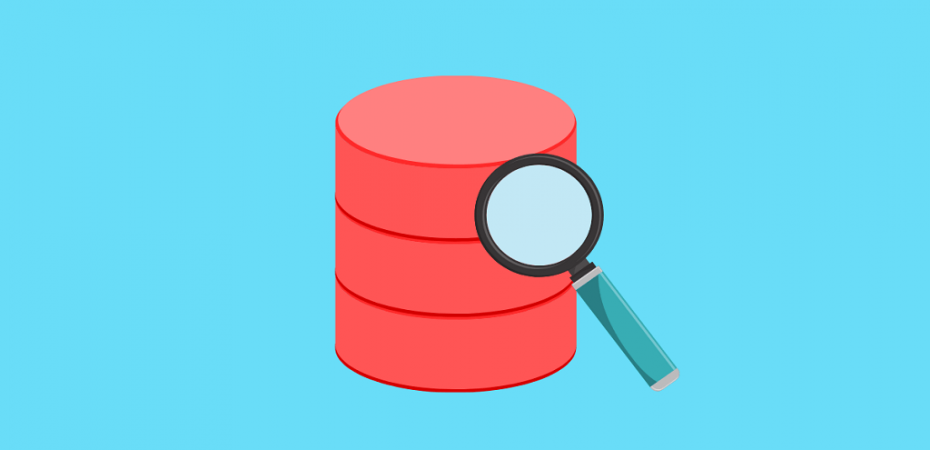In the 21st century, data has become one of the centerpieces of business operations. Thus, businesspeople in various fields aim to educate themselves about data, how it is used, and its procedures. Of course, not everyone needs to be an expert in data as, just like with everything else, several highly accomplished professionals provide data-related services. But it is good to know the basics, better to understand the value and impact of these services, thus becoming an educated user. Aiming at such improved understanding, let us look at the basics of one of these important data-related processes – data discovery.
What is it for?

When we talk about data, the two processes that first come to mind are collecting the data and analyzing it. But these two main data-handling terms, in fact, entail very many processes that can be employed, developed, and combined when we deal with data.
Of course, the general goal for all these processes is to extract the most value from the data. But each specific procedure or method we use also has its particular purposes for which they are developed. So, what is the purpose of data discovery?
This question brings us back to the point made above – not everyone has to be a data-handling expert. From this, many people who have to utilize data for their work are professionals and possibly experts in other fields, but not in data. This poses a problem of how non-experts can properly use data for business benefits.
Data discovery is one of the processes made for solving this problem. It is the procedure that gathers data from various different databases and consolidates it into a single, easily readable summary. This allows business managers and others to analyze the data and draw meaningful conclusions from it.
The steps of data discovery
It is clear from the above that data discovery is a very useful process as it has an important purpose. This procedure turns loads of different data into something that is understandable for various business professionals, not just IT and data specialists.
The next important question is how does this process work. There are three major steps of the general data discovery process. These steps are defined in the following way.
- Preparation. At the initial stage, data is taken from various databases. Naturally, this data comes in different formats and is of uneven quality. Thus, at the preparation stage, we try to introduce some uniformity to all the data by removing the errors in the datasets and structuring it. Here the data is inspected and cleaned of all the major issues, such as missing values and redundancies. Additionally, format errors are removed, giving the consolidated dataset a single structure. What we aim at in preparation is that all data would be of similar quality and clear structure.
- Visualization. The next step of data discovery aims at making the important information lying in the data easier to spot. To achieve this, we would employ visual aids, such as graphs and charts. When data is visualized and mapped in such a way, it is easier to recognize patterns and meaningful deviations—additionally, presented in such a way data can be understood faster, which contributes to the efficiency of the procedure.
- Analysis. Finally, we end the first instance of data discovery by analyzing the visualized information. Here, the final goal is the summary of information that can be presented in a readable form – a sort of report of the valuable knowledge that was uncovered from the collected data. For this, we would gather and describe the important statistics that the data amounted to. And we would aim to do this in a concise yet easily readable way so that the decision-makers would be able to draw well-informed conclusions from this report.
This is the process described in broad terms. However, it is important to remember two things. Firstly, data discovery is a process that can never be truly completed. An instance of discovery can be completed, but then we have to constantly repeat the process because since nothing stands still, new important data is always being produced.
And secondly, the process can be modified and adjusted to the specific needs in the particular situation. In which case, it might be beneficial to define the steps differently.
The tools to do it
One final important point about data discovery relates to who or what does the work. In theory, data discovery can be done manually, as nothing in the concept prevents humans from taking up this task.
However, when we think of the volume of data we would usually deal with, it is clear that manual data discovery is not very practical. The good news is that today many AI-based tools assist analysts every step of the way with this procedure. Thus, when going about data discovery, one should start by looking into the best tools to do it.
Read Also

